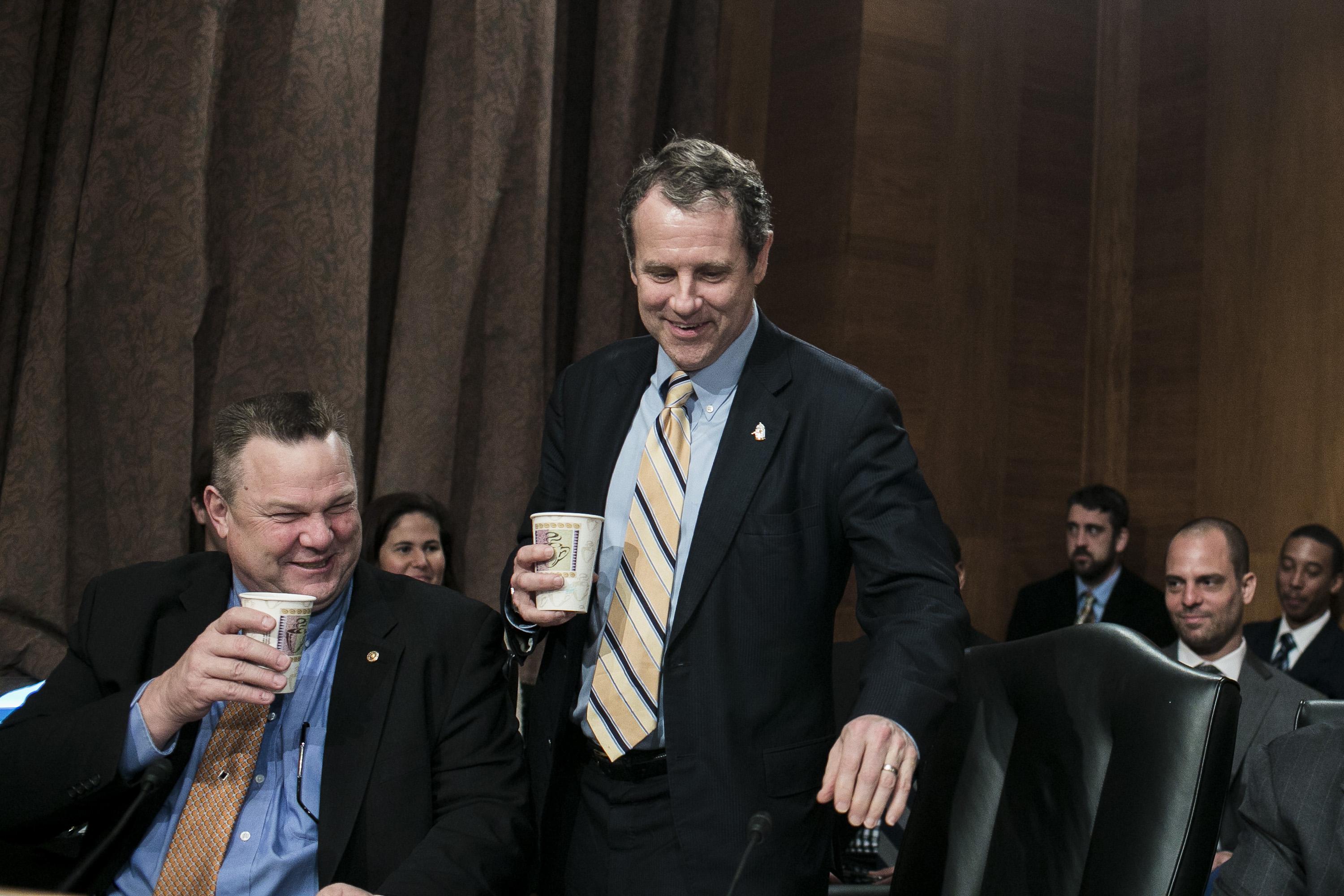Sherrod Brown, D-Ohio, and David Vitter, R-La., are moving forward today with their legislation aimed at curbing risk at America’s mega-banks. Sen. Brown has historically been associated with the rhetorical trope of “breaking up” large banks, but the Brown–Vitter proposal doesn’t specifically do this. It does something smarter—imposing tougher capital requirements on larger banks.
Specifically, they want banks with more than $400 billion in assets to finance their investments at least 15 percent with equity (i.e., money raised from retained earnings or selling shares) and at most 85 percent with debt. Smaller banks would face a lesser threshold in the 8–9.5 percent range. This addresses the issue of “too big to fail” in what I think is the best possible way, making it much less likely that large banks will fail. If you buy a house with 5 percent down and a loan covering 95 percent of the price of a house, then a price decline of 6 percent puts you under water. You owe more than your house is worth. If you were a bank, you’d be insolvent. If you buy a house with 15 percent down and a loan covering 85 percent of the cost, then that same 6 percent price decline leaves you with positive equity in the house. If you were a bank, you’d have lost some money but you wouldn’t have failed.
Bank regulation is (to say the least) complicated, so until knowledgeable people have the time to pour over the precise text of the Brown–Vitter proposal, I can’t vouch for its soundness across the board. But this is the appropriate direction for regulation. Bank failures are socially costly and the failure of larger banks is more socially costly. Capital requirements make failures less likely, so imposing tougher ones on bigger institutions is the way to go. It would probably make more sense to have an elegant sliding-scale rather than this hard cutoff, but Brown and Vitter are launching an important discussion Congress ought to be having.
The bank lobby, dutifully quoted in today’s Politico “Morning Money,” is going to tell you that curbing risky investments by large banks will curtail economic growth. I think that’s probably true if you ignore the cost of large bank failures and panics. If you pretend that lightly regulated banks will never fail or that failures of large banks have no social or economic cost, then clearly regulations aimed at curbing risk-taking are going to be pointless and harmful. But does anyone really believe that? I sure don’t.
